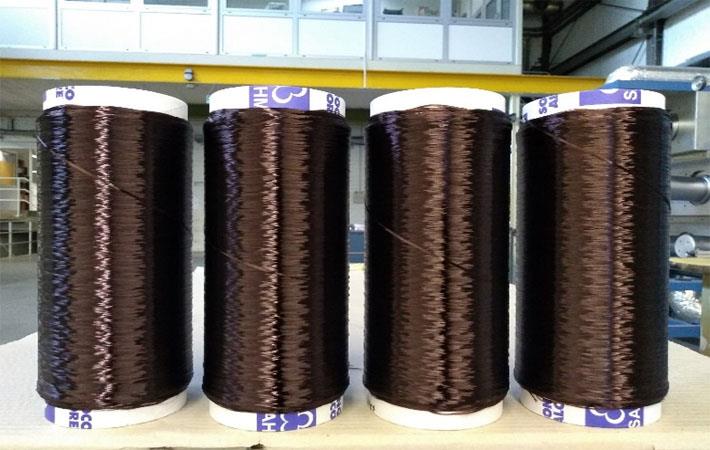GreenLight, a project funded by the Bio Based Industries Joint Undertaking under the European Union’s Horizon 2020 research and innovation programme, has successfully developed a process for production of carbon fibres from a lignin-based precursor at the pilot scale. There were nine partners from four European countries in the GreenLight project.
The aim of the project was to produce a new biobased, renewable and economically viable carbon fibre precursor – lignin –with European raw material and to develop conditions for its processing into carbon fibre and structural carbon fibre composites.GreenLight, a project funded by the Bio Based Industries Joint Undertaking under the European Union's Horizon 2020 research and innovation programme, has successfully developed a process for production of carbon fibres from a lignin-based precursor at the pilot scale. There were nine partners from four European countries in the GreenLight project.#
Gary Foster, senior project manager at Coventive Composites, explains, “Today’s carbon fibre production is based on the use of a petroleum-based raw material, polyacrylonitrile (PAN). Both the starting precursor and the process for turning it into carbon fibre are costly, with most of the PAN used in Europe being imported. The automotive sector has identified a need for a cheaper lower-grade carbon fibre to meet the demands of components in normal consumer cars. Lignin from kraft pulp mills is a green, sustainable, abundant and cost-efficient new potential carbon fibre precursor.”
The project aimed to develop a cost-effective biobased carbon fibre for use in reinforced composites, delivering sufficient mechanical properties for large-volume automotive applications. Reducing vehicle weight is a decisive factor for the successful fulfilment of targets regarding CO2 emissions from the automotive sector. Carbon fibre reinforced plastics have been introduced as a low-weight material replacing/complementing steel and aluminium.
GreenLight had nine project partners from four European countries and covered the whole value chain from lignin production, represented by the research institute RISE and the pulp producer Södra to the final use of carbon fibre materials in cars, represented by CRF, car maker Fiat’s research unit.
The project partners also included experts on spinning (FIBRE and Fourné Machinenbau), forming of textile webs (RISE and STFI) and the combination of the textiles with plastics into composite materials (Podcomp, Coventive Composites, and RISE). (SV)
Fibre2Fashion News Desk – India


